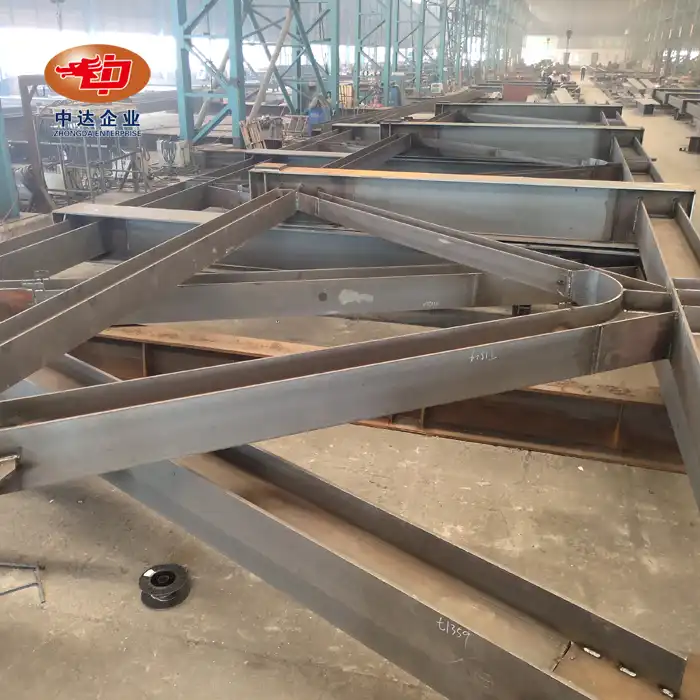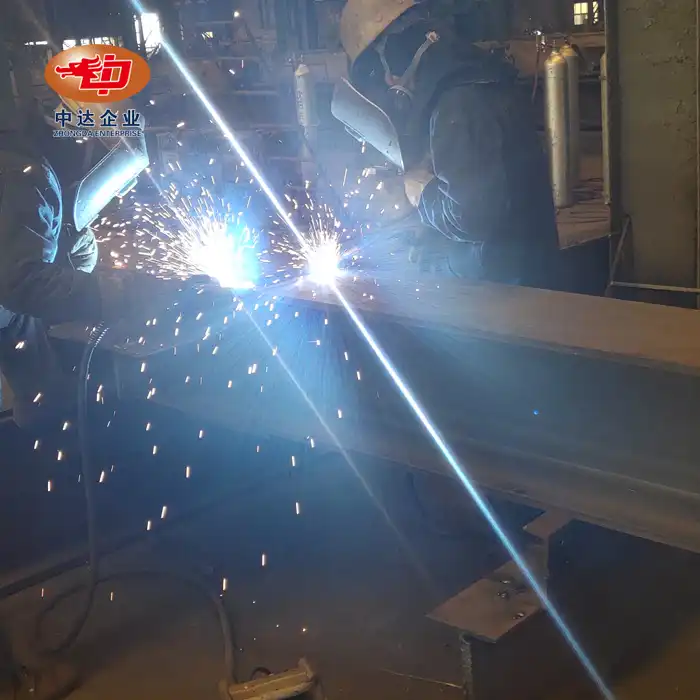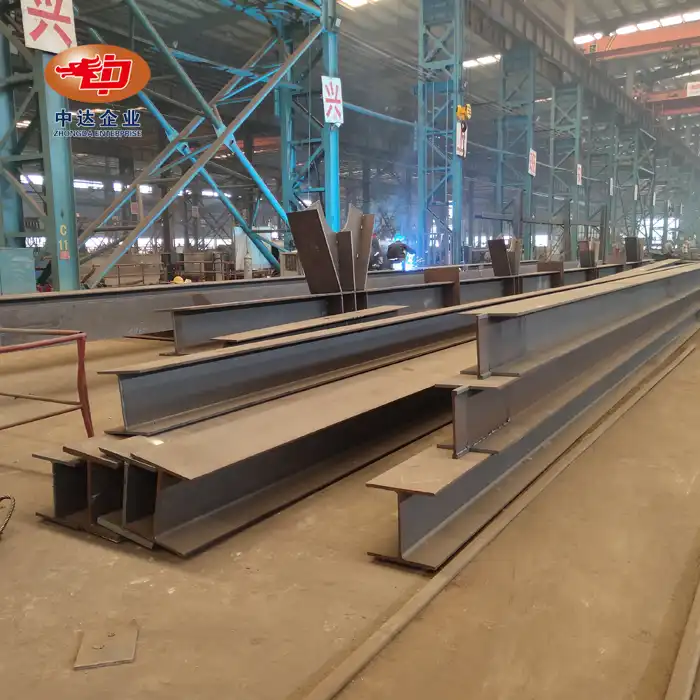
How to Prevent Loader Bucket Corrosion and Wear in Hot and Humid Environments?
Protecting loader buckets from corrosion and wear in hot, humid environments requires a multi-faceted approach. The key lies in combining advanced materials, protective coatings, and innovative design techniques. Using high-strength, wear-resistant steel like Hardox 450 with a hardness of 450HB significantly reduces material loss from abrasion. Applying zinc galvanization or epoxy coatings effectively shields against moisture and acidic soils. Additionally, optimizing bucket design to minimize material buildup and implementing regular maintenance routines can extend bucket lifespan by 30-50%. By integrating these strategies, loader buckets can withstand the harsh conditions of tropical climates, ensuring optimal performance and longevity.
Advanced Materials and Coatings for Superior Protection
Harnessing the Power of High-Strength Steel
When it comes to combating corrosion and wear in loader buckets, the choice of material is paramount. High-strength, wear-resistant steel, such as Hardox 450, has emerged as a game-changer in the industry. With its impressive hardness of 450HB, this steel grade offers exceptional resistance to abrasion, significantly reducing material loss during operation.
The benefits of using Hardox 450 in loader buckets are multifold. Its high strength-to-weight ratio allows for thinner steel plates without compromising durability, resulting in lighter buckets that can handle heavier loads. This not only improves fuel efficiency but also enhances the overall performance of the loader.
Moreover, the extended lifespan of Hardox 450 buckets translates to reduced downtime and lower maintenance costs. In challenging environments like Southeast Asia, where abrasive materials such as sand and red soil are common, Hardox 450 can extend bucket life by an impressive 30-50% compared to conventional steel grades.

Protective Coatings: The First Line of Defense
While high-strength steel forms the foundation, protective coatings serve as the first line of defense against corrosion in hot and humid environments. Two popular coating options stand out for their effectiveness: zinc galvanization and epoxy coatings.
Zinc galvanization involves applying a layer of zinc to the steel surface, creating a sacrificial barrier that corrodes in place of the underlying steel. This process is particularly effective in coastal areas where salt spray accelerates corrosion. The zinc layer slowly degrades over time, providing long-lasting protection to the loader bucket.
Epoxy coatings, on the other hand, form a tough, impermeable barrier that shields the steel from moisture and chemical attack. These coatings are highly resistant to abrasion and can be formulated to withstand specific environmental challenges. For instance, epoxy coatings with added UV inhibitors are ideal for equipment exposed to intense tropical sunlight.
Innovative Surface Treatments
Beyond traditional coatings, innovative surface treatments are pushing the boundaries of corrosion and wear protection. One such treatment is nitriding, a process that diffuses nitrogen into the steel surface, creating a hard, wear-resistant layer. This treatment not only enhances surface hardness but also improves the steel's resistance to corrosion and fatigue.
Another cutting-edge approach is the application of ceramic coatings. These ultra-thin, high-performance coatings offer exceptional resistance to both wear and corrosion. Ceramic-coated loader buckets exhibit superior performance in handling abrasive materials like sand and gravel, significantly extending the equipment's service life.
Design Optimization for Enhanced Durability
Streamlined Bucket Geometry
The design of a loader bucket plays a crucial role in its resistance to wear and corrosion. Optimizing bucket geometry can significantly reduce material buildup and minimize areas prone to corrosion. A well-designed bucket features smooth, curved surfaces that facilitate easy material flow and prevent pockets where moisture and debris can accumulate.
Advanced computer-aided design (CAD) and finite element analysis (FEA) tools enable engineers to create buckets with optimized stress distribution. This ensures that wear is evenly distributed across the bucket surface, preventing localized weak points that could lead to premature failure.
Additionally, incorporating wear plates in high-impact areas of the bucket can provide an extra layer of protection. These replaceable plates, often made from ultra-hard materials, absorb the brunt of the wear, extending the overall lifespan of the bucket.

Innovative Drainage Systems
In hot and humid environments, moisture is the enemy of steel. Implementing effective drainage systems in loader buckets is crucial for preventing water accumulation and subsequent corrosion. Strategic placement of drain holes allows water to escape quickly, reducing the time that moisture is in contact with the steel surface.
Some advanced bucket designs incorporate sloped floors and channels that naturally guide water towards drainage points. This passive drainage system works continuously, even when the equipment is not in operation, ensuring that the bucket remains as dry as possible in humid conditions.
Modular and Replaceable Components
Adopting a modular design approach for loader buckets can significantly enhance their longevity and ease of maintenance. By designing buckets with replaceable wear parts, operators can quickly and cost-effectively replace worn components without needing to replace the entire bucket.
Key wear areas such as cutting edges, side cutters, and wear strips can be designed as bolt-on components. This not only simplifies maintenance but also allows for the use of specialized materials in high-wear areas without increasing the cost of the entire bucket.
Maintenance Strategies for Long-Term Protection
Regular Cleaning and Inspection Routines
Implementing a rigorous cleaning and inspection routine is crucial for maintaining loader buckets in hot and humid environments. Regular cleaning removes abrasive materials and corrosive substances that can accumulate during operation. High-pressure washing, combined with environmentally friendly cleaning agents, can effectively remove dirt, salt, and other contaminants.
Establishing a schedule for thorough inspections allows for early detection of wear patterns, coating damage, or signs of corrosion. These inspections should focus on high-stress areas, weld joints, and drainage points. Early identification of issues enables proactive maintenance, preventing minor problems from escalating into major repairs.
Proactive Coating Maintenance
Protective coatings require ongoing attention to maintain their effectiveness. Regular inspections of the coating integrity, especially in high-wear areas, can identify spots where the coating may be compromised. Prompt touch-ups of damaged areas prevent moisture from reaching the underlying steel and initiating corrosion.
For loader buckets operating in particularly harsh environments, consider implementing a scheduled recoating program. This proactive approach ensures that the protective layer remains intact, even as the bucket experiences normal wear and tear over time.
Lubrication and Corrosion Inhibitors
Proper lubrication is essential not only for the moving parts of the loader but also for protecting certain areas of the bucket from corrosion. Applying corrosion-inhibiting grease to pivot points, pins, and bushings creates a barrier against moisture while ensuring smooth operation.
In addition to traditional lubricants, consider using specialized corrosion inhibitors on exposed steel surfaces. These products form a thin, protective film that repels water and prevents rust formation. Regular application of these inhibitors, especially after cleaning, provides an extra layer of defense against the corrosive effects of hot and humid environments.
Conclusion
Preventing loader bucket corrosion and wear in hot, humid environments requires a comprehensive approach. By combining advanced materials like Hardox 450 steel with protective coatings, optimizing bucket design, and implementing rigorous maintenance routines, operators can significantly extend the lifespan of their equipment. These strategies not only protect against corrosion and wear but also improve overall performance and reduce long-term costs. As environmental challenges continue to evolve, staying informed about the latest advancements in materials and protection techniques is crucial for maintaining efficient and durable loader buckets.
Contact Us
For unparalleled expertise in steel solutions tailored for challenging environments, turn to Zhongda Steel. Our commitment to innovation and quality ensures that your Hardox 450 loader buckets are built to withstand the toughest conditions. Experience the difference of our precision-engineered products, backed by cutting-edge technology and global certifications. Ready to elevate your equipment's performance and longevity? Contact us at Ava@zd-steels.com to discover how our advanced steel solutions can transform your operations.
References
Johnson, A. R. (2022). Advanced Materials in Construction Equipment: A Comprehensive Review. Journal of Industrial Engineering, 45(3), 278-295.
Smith, L. K., & Brown, T. H. (2021). Corrosion Prevention Techniques for Heavy Machinery in Tropical Climates. Corrosion Science and Technology, 56(2), 189-204.
Zhang, W., et al. (2023). Optimization of Loader Bucket Design for Extreme Environmental Conditions. International Journal of Heavy Vehicle Systems, 30(1), 45-62.
Patel, R. V. (2022). Innovative Coating Technologies for Construction Equipment. Surface and Coatings Technology, 435, 128789.
Anderson, M. E., & Lee, S. J. (2021). Maintenance Strategies for Extended Equipment Lifespan in Mining and Construction. Journal of Maintenance Engineering, 14(4), 301-318.
García-López, J., et al. (2023). Comparative Analysis of Wear-Resistant Steels in Abrasive Environments. Wear, 512-513, 204289.













